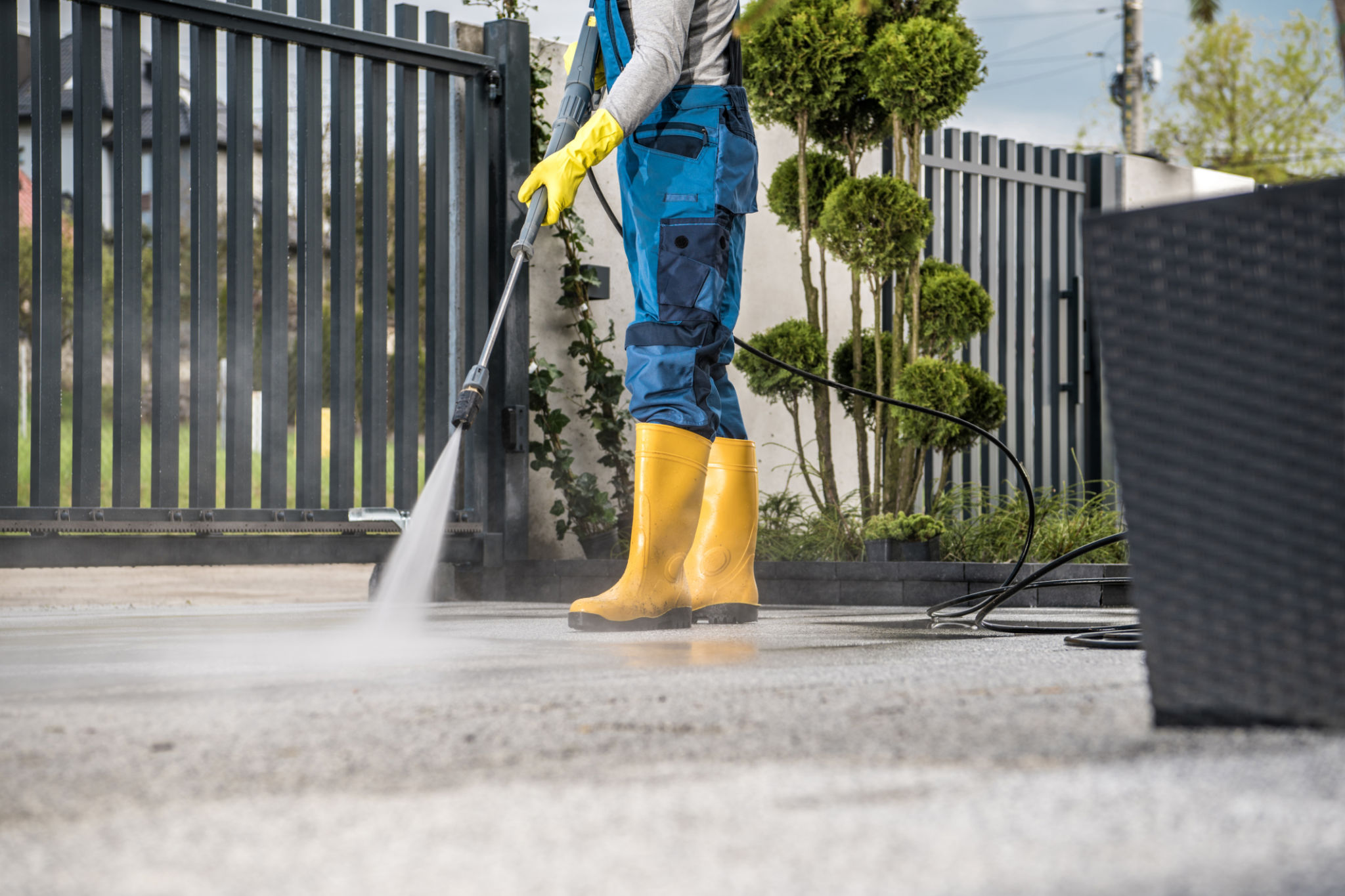The Ultimate Guide to Power Washing Your Home
Introduction to Power Washing
Power washing is an effective method to enhance your home's curb appeal and maintain its exterior. This cleaning technique uses high-pressure water spray to remove dirt, mold, mildew, and grime from surfaces like siding, driveways, and decks. With the right equipment and techniques, you can achieve professional results and keep your home looking its best.

Essential Equipment for Power Washing
Before you begin power washing, it's crucial to gather the proper tools. The primary equipment needed is a power washer, which comes in electric or gas-powered options. Electric models are suitable for light cleaning tasks, while gas-powered washers are ideal for more challenging jobs.
In addition to the power washer, you'll need a variety of nozzles for different spray patterns, as well as cleaning solutions specifically designed for power washing. Protective gear, such as gloves and goggles, is also essential to ensure safety during the process.
Preparing Your Home for Power Washing
Preparation is key to successful power washing. Start by inspecting the areas you intend to clean. Look for any loose siding, chipped paint, or damaged surfaces, as these issues should be addressed before washing.
Cover any electrical outlets, light fixtures, and plants with plastic sheeting to prevent water damage. It's also a good idea to close all windows and doors to keep water from seeping inside your home.

Power Washing Techniques
Power washing requires a specific technique to avoid damaging surfaces. Begin by testing the pressure on a small, inconspicuous area to ensure it won't harm the material. Always start from the top and work your way down, maintaining a consistent distance from the surface to ensure even cleaning.
Use sweeping motions and avoid lingering in one spot for too long. This prevents streaks and potential damage to the surface. For areas with stubborn stains or mold, consider using a specialized detergent or cleaner.
Areas of Your Home to Power Wash
Power washing can be used on various parts of your home's exterior. Common areas include:
- Siding: Remove dirt and mildew to restore your siding's original appearance.
- Driveways and Walkways: Clean away oil stains and grime for a fresh look.
- Decks and Patios: Eliminate algae and dirt buildup to prepare these spaces for use.

Safety Tips for Power Washing
While power washing is an effective cleaning method, it also poses certain risks if not handled properly. Always wear protective gear to shield yourself from debris and high-pressure water jets. Additionally, be cautious around electrical outlets and avoid pointing the spray wand at others or yourself.
If you're not confident in your ability to power wash safely, consider hiring a professional service to ensure the job is done correctly without risk to you or your home.
Maintaining Results After Power Washing
Once you've completed power washing your home, maintaining the results is essential for long-lasting cleanliness. Regularly inspect your home's exterior for signs of dirt or mold buildup and address these issues promptly.
A routine power washing schedule—typically once a year—can help preserve your home's appearance and prevent damage over time. Additionally, applying a sealant or protective coating can enhance durability and resistance to future grime accumulation.

Conclusion
Power washing is an invaluable tool in maintaining your home's aesthetic appeal and structural integrity. By following the proper techniques and safety measures outlined in this guide, you can achieve professional results that enhance your home's exterior. Whether you're tackling the task yourself or hiring professionals, regular power washing ensures your home remains beautiful and welcoming for years to come.
